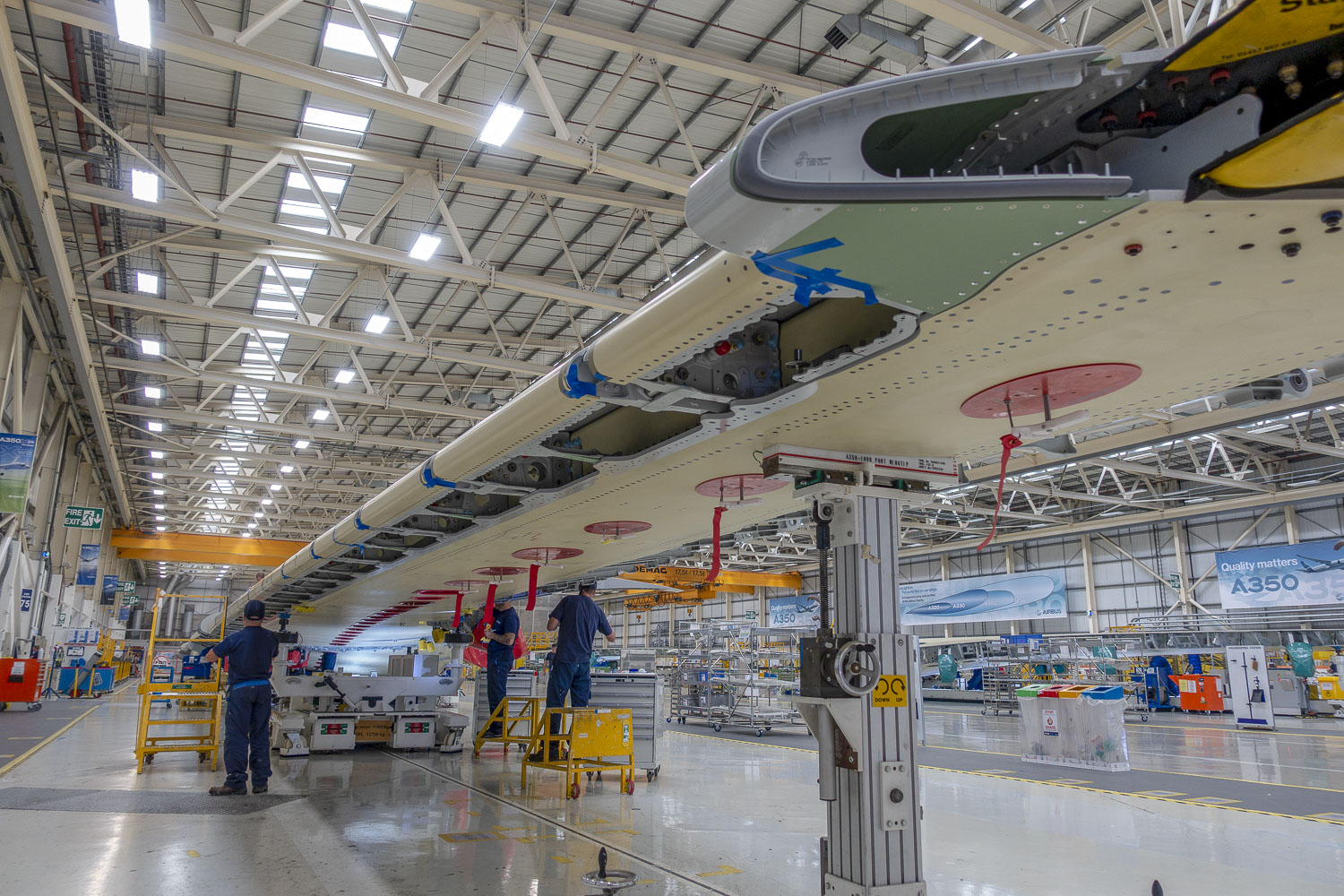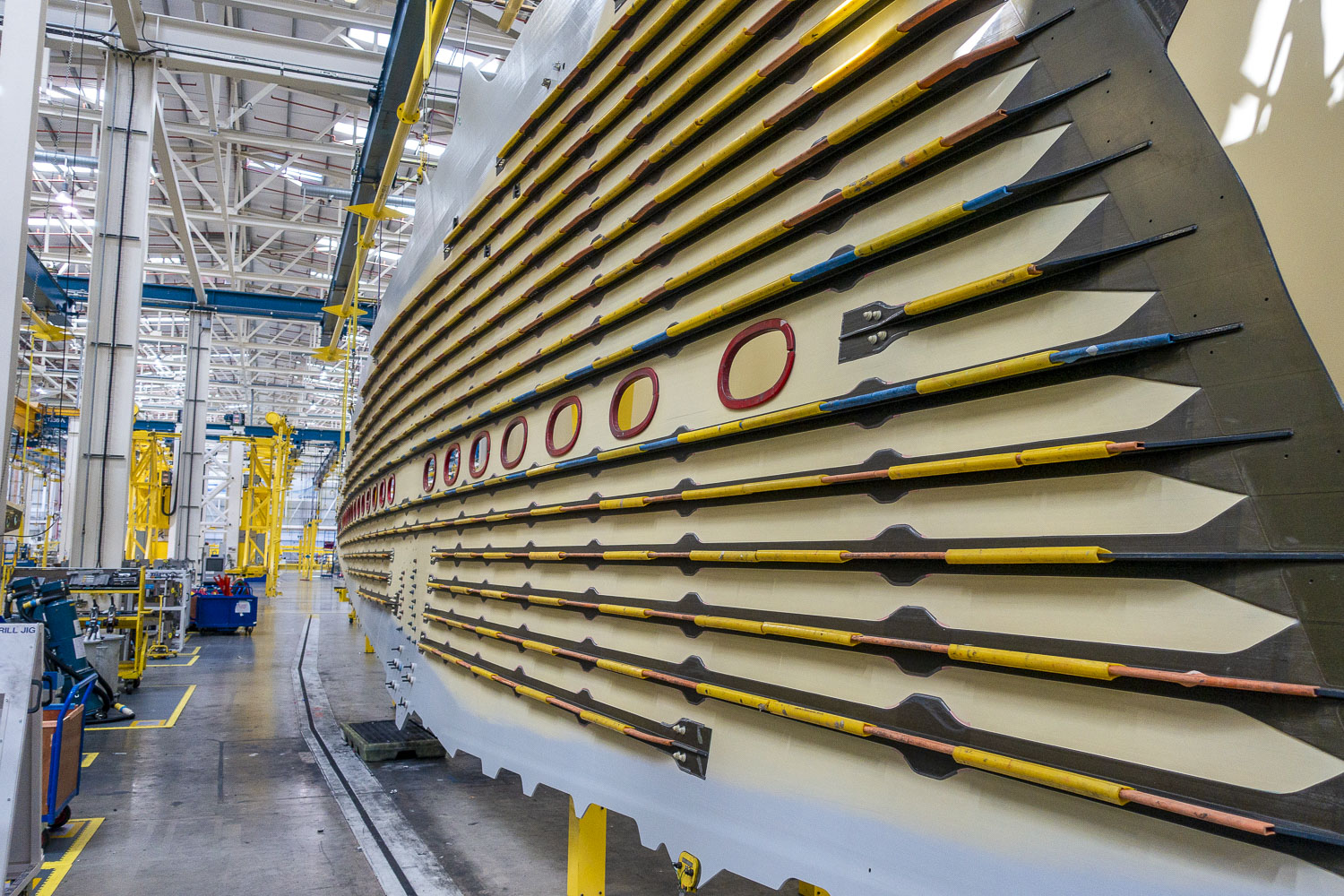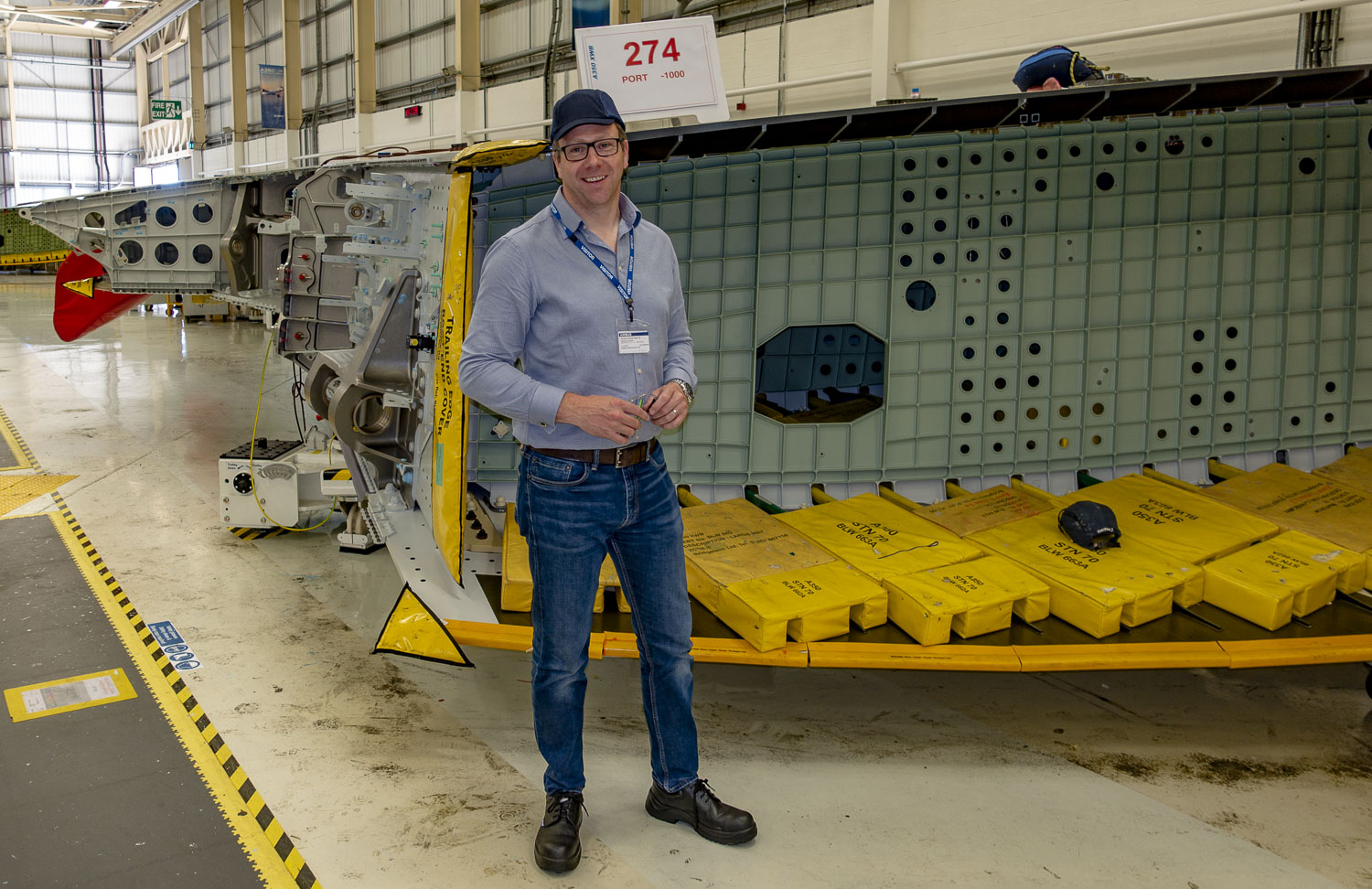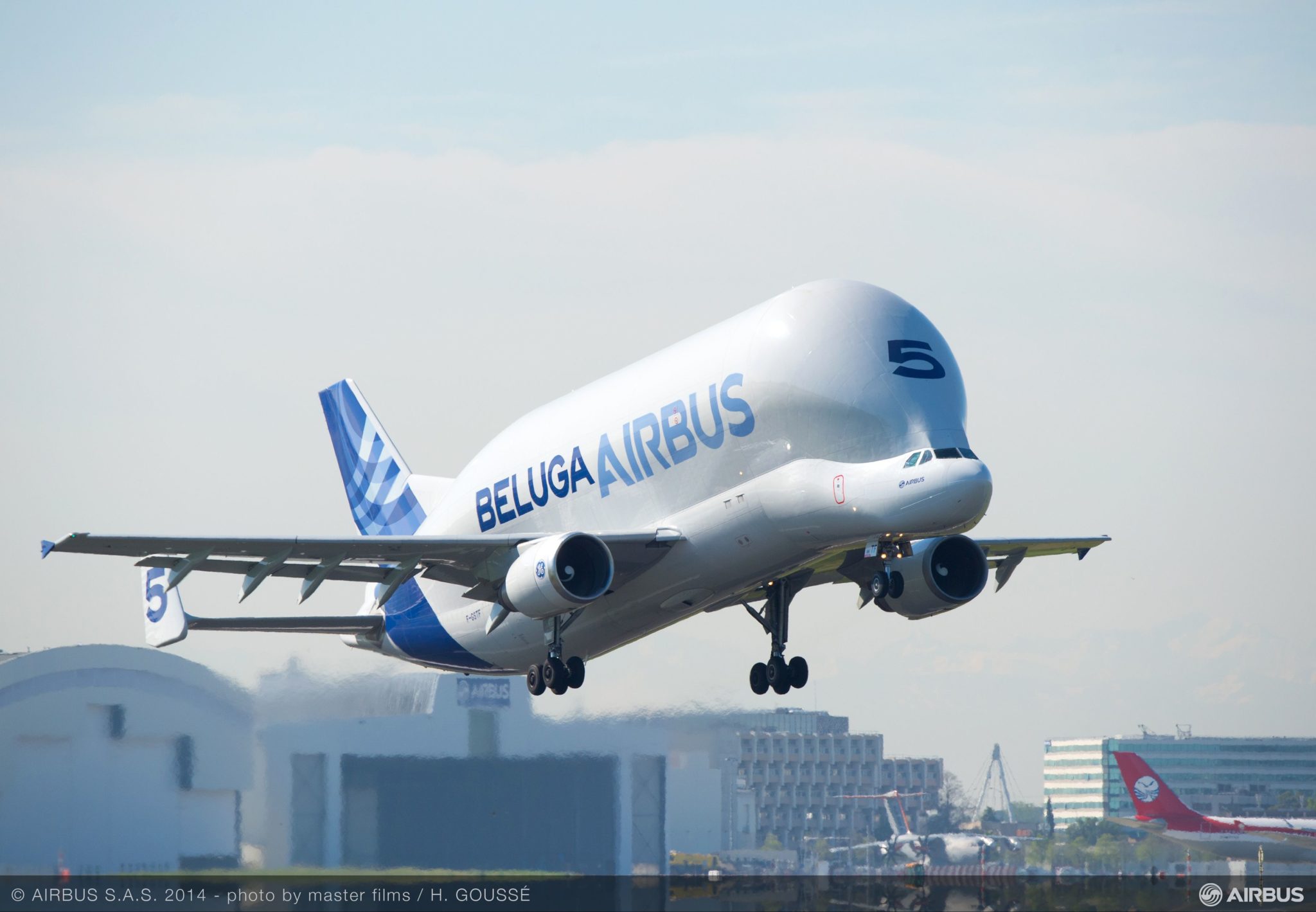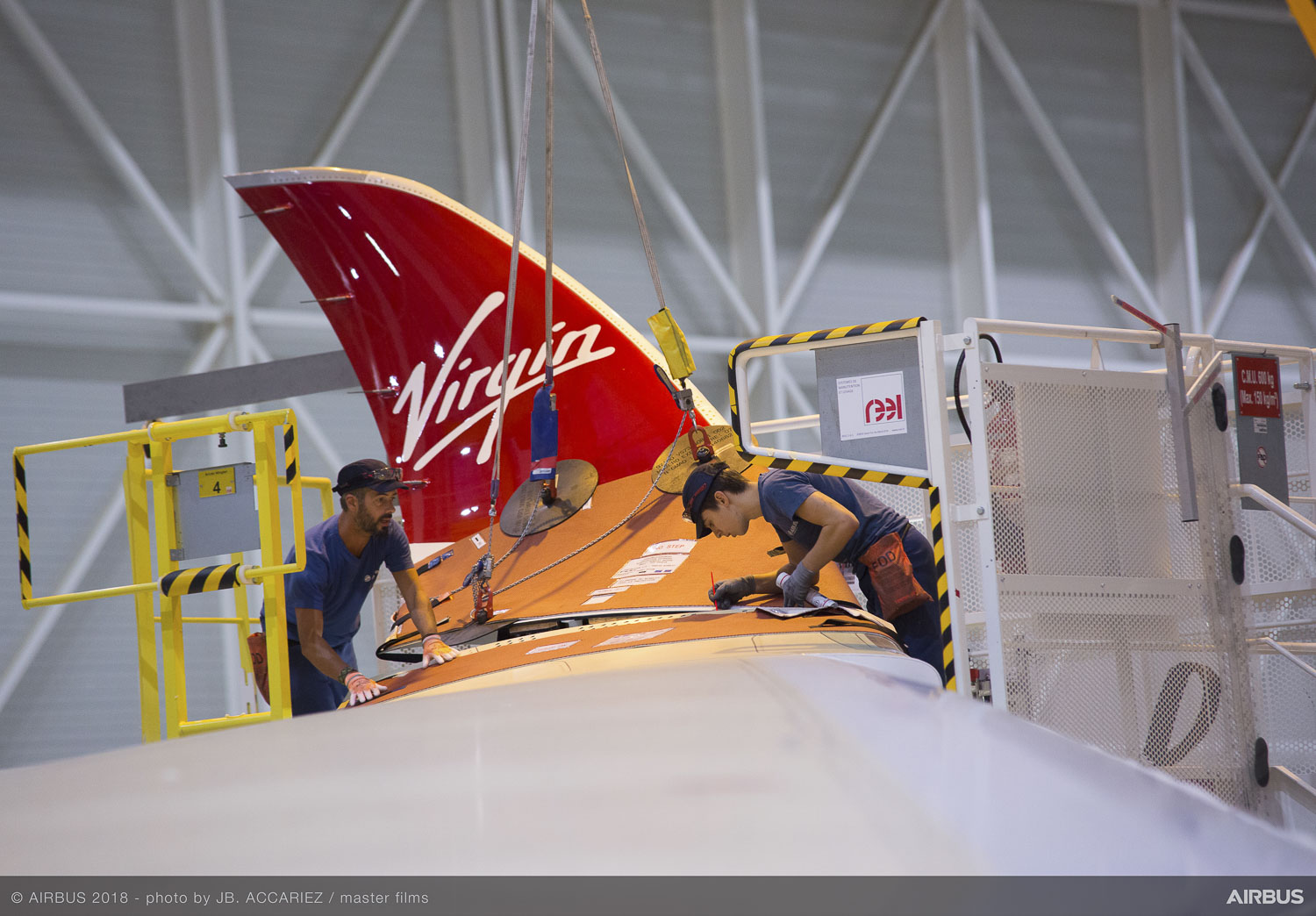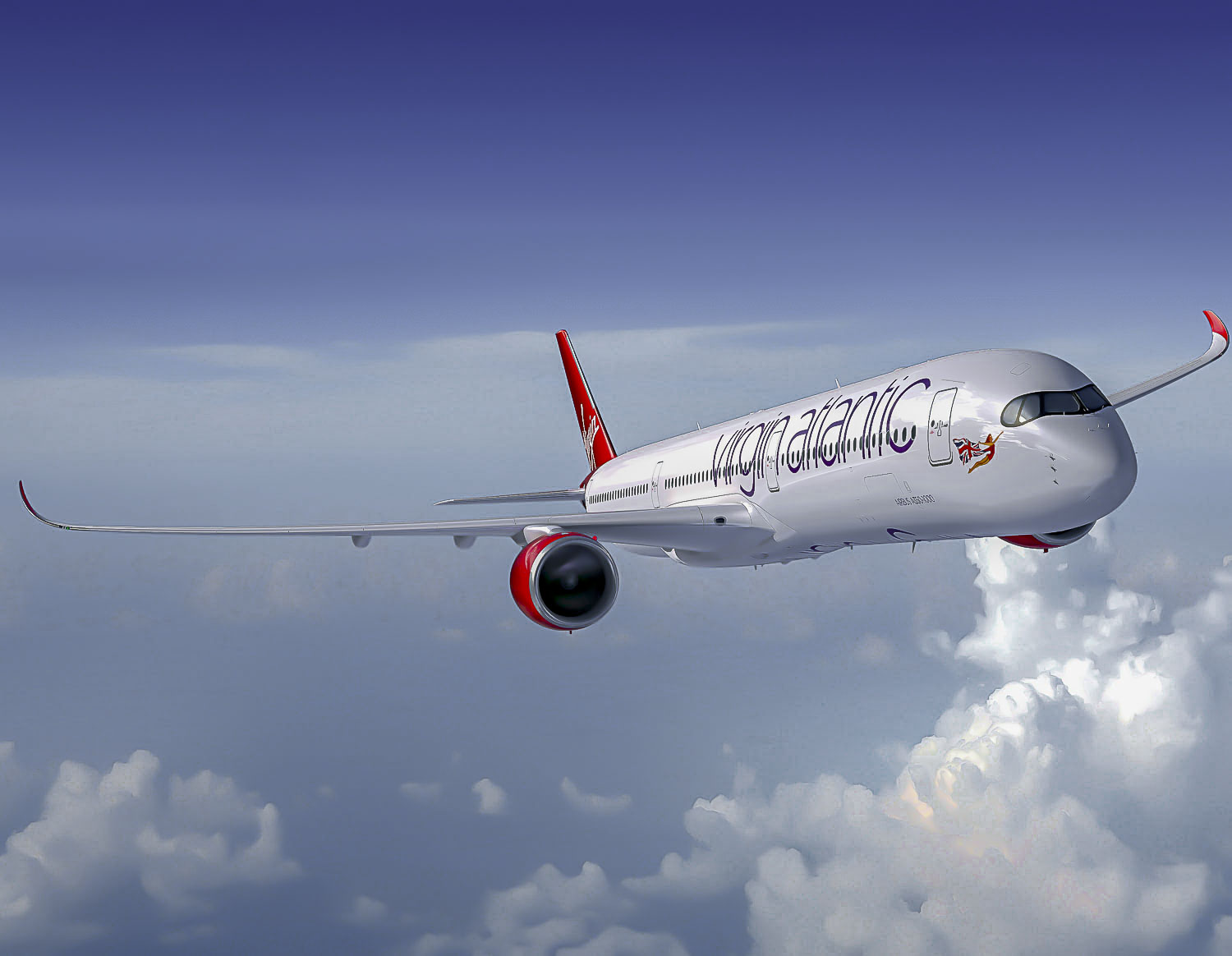Building a passenger jet: the more you think about it, the more extraordinary it becomes.
Modern passenger aircraft are incredibly complex, super reliable and much quieter and more efficient than their predecessors. One of humankind and engineering’s greatest achievements. And as you’d expect, the process of building one of these giants of the sky is totally fascinating. This was brought home to me when I visited the Airbus factory in Broughton, North Wales and watched the engineers building the wings for one of our new Airbus A350-1000 XWB aircraft.
The A350 wing
Although a wing’s main job is to provide lift, there’s a lot more to them than meets the eye. Wings are also packed with control surfaces; those panels you see extending as you take off and land. These are called ‘high lift’ systems and consist of slats at the front and flaps at the back. They increase the size of the wing area which allows the aircraft to fly at slower speeds. The other control surfaces built into the wings are ailerons which control the roll of the aircraft and help steer it, and spoilers that can be used as brakes to slow the aircraft in flight and to reduce lift as it lands. Wings also contain much of the fuel for your flight and are the anchor points for the giant Rolls Royce Trent XWB engines.
The A350 wing incorporates the very latest features of wing design and has been developed using over 4000 hours of wind tunnel time. The result is one of the most efficient wings ever built.

